You are only slowed
on your life's journey
by the obstacles you
put in your own way.
Public Posts Seattle, WA Seattle, WA (zoom)
Promises made,
Promises unkept.
Did I forget
when I slept?
Does anyone remember
every promise made
or the promise said,
when trying to get laid?
So often we try.
Try to forget.
Saying all the words,
to an uncertain bet.
When all words
are said and yet,
we find ourselves,
in a promise debt.
"The Peruvian Amazon is a magical and mysterious destination where you can enjoy a romantic getaway or an adventure without a parallel...... one of its most charming places and full of natural beauty is the beautiful Sandoval Lake. A perfect example where you can appreciate the different and numerous wildlife while you marvel at the dreamy landscapes” Read more
NASA Astronomy Picture of the Day:
Stars can make beautiful patterns as they age -- sometimes similar to flowers or insects. NGC 6302, the Butterfly Nebula, is a notable example. Though its gaseous wingspan covers over 3 light-years and its estimated surface temperature exceeds 200,000 degrees C, the aging central star of NGC 6302, the featured planetary nebula, has become exceptionally hot, shining brightly in visible and ultraviolet light but hidden from direct view by a dense torus of dust. This sharp close-up was recorded by the Hubble Space Telescope and is processed here to show off remarkable details of the complex planetary nebula, highlighting in particular light emitted by oxygen (shown as blue), hydrogen (green), and nitrogen (red). NGC 6302 lies about 3,500 light-years away in the arachnologically correct constellation of the Scorpion (Scorpius). Planetary nebulas evolve from outer atmospheres of stars like our Sun, but usually fade in about 20,000 years.
Old proverb expressing the idea that convincing another person is best done by appealing to the interests of that person and not with reasoning skill or abstract motivations. Benjamin Franklin expressed it in a more concise form in the 1734 Poor Richard's Almanac: "Would you persuade, speak of Interest, not of Reason"
Photo shared by Heather Cox Richardson from Letters from an American
NASA Astronomy Picture of the Day:
Why would the sky look like a giant target? Airglow. Following a giant thunderstorm over Bangladesh in late April, giant circular ripples of glowing air appeared over Tibet, China, as pictured here. The unusual pattern is created by atmospheric gravity waves, waves of alternating air pressure that can grow with height as the air thins, in this case about 90-kilometers up. Unlike auroras powered by collisions with energetic charged particles and seen at high latitudes, airglow is due to chemiluminescence, the production of light in a chemical reaction. More typically seen near the horizon, airglow keeps the night sky from ever being completely dark.
Photo by Jeff Dai
NASA Astronomy Picture of the Day:
When the Artemis 1 mission's Orion spacecraft makes its November 21 powered flyby of the Moon, denizens of planet Earth will see the Moon in a waning crescent phase. The spacecraft will approach to within about 130 kilometers of the lunar surface on its way to a distant retrograde orbit some 70,000 kilometers beyond the Moon. But the Moon was at last quarter for the November 16 launch and near the horizon in the dark early hours after midnight. It's captured here in skies over Kennedy Space Center along with the SLS rocket engines and solid rocket boosters lofting the uncrewed Orion to space. Ragged fringes appearing along the bright edge of the sunlit lunar nearside are caused as pressure waves generated by the rocket's passage change the index of refraction along the camera's line of sight.
Photo by John Kraus
Forlorn the Soul,
awaiting thee,
I need more energy,
designed for me.
When a new day
dawns on the morrow,
will it be joyful
or only be sorrow?
Sorrow seems to
own the day,
when Joy
never finds its way.
On November 19, 1863, President Abraham Lincoln gave a two minute speech that has been quoted ever since. There are five copies of the speech. All written in Lincoln’s handwriting. Each copy differs slightly, probably as a result of Lincoln’s self-editing. The Library of Congress has two copies of the address, Cornell University has one, the Illinois State Historical Library has one, and one is in the Lincoln room in the White House.
The Gettysburg Address
Four score and seven years ago our fathers brought forth on this continent a new nation, conceived in Liberty, and dedicated to the proposition that all men are created equal.
Now we are engaged in a great civil war, testing whether that nation or any nation so conceived and so dedicated, can long endure. We are met on a great battle-field of that war. We have come to dedicate a portion of that field, as a final resting place for those who here gave their lives that that nation might live. It is altogether fitting and proper that we should do this.
But, in a larger sense, we can not dedicate—we can not consecrate—we can not hallow—this ground. The brave men, living and dead, who struggled here, have consecrated it, far above our poor power to add or detract. The world will little note, nor long remember what we say here, but it can never forget what they did here. It is for us the living, rather, to be dedicated here to the unfinished work which they who fought here have thus far so nobly advanced. It is rather for us to be here dedicated to the great task remaining before us—that from these honored dead we take increased devotion to that cause for which they gave the last full measure of devotion—that we here highly resolve that these dead shall not have died in vain—that this nation, under God, shall have a new birth of freedom—and that government of the people, by the people, for the people, shall not perish from the earth.
Good night, my sweet one.
Good night my love.
God will protect you.
God is always above.
NASA Astronomy Picture of the Day:
The protostar within dark cloud L1527 is a mere 100,000 years old, still embedded in the cloud of gas and dust that feeds its growth. In this NIRCam image from the James Webb Space Telescope, the dark band at the neck of the infrared nebula is a thick disk that surrounds the young stellar object. Viewed nearly edge-on and a little larger than our Solar System, the disk ultimately supplies material to the protostar while hiding it from Webb's direct infrared view. The nebula itself is seen in stunning detail though. Illuminated by infrared light from the protostar, the hourglass-shaped nebula's cavities are created as material ejected in the star-forming process plows through the surrounding medium. As the protostar gains mass it will eventually become a full-fledged star, collapsing and igniting nuclear fusion in its core. A likely analog to our own Sun and Solar System in their early infancy, the protostar within dark cloud L1527 lies some 460 light-years distant in the Taurus star-forming region. Webb's NIRCam image spans about 0.3 light-years.








.jpg?fit=crop&w=280&h=280&q=93)








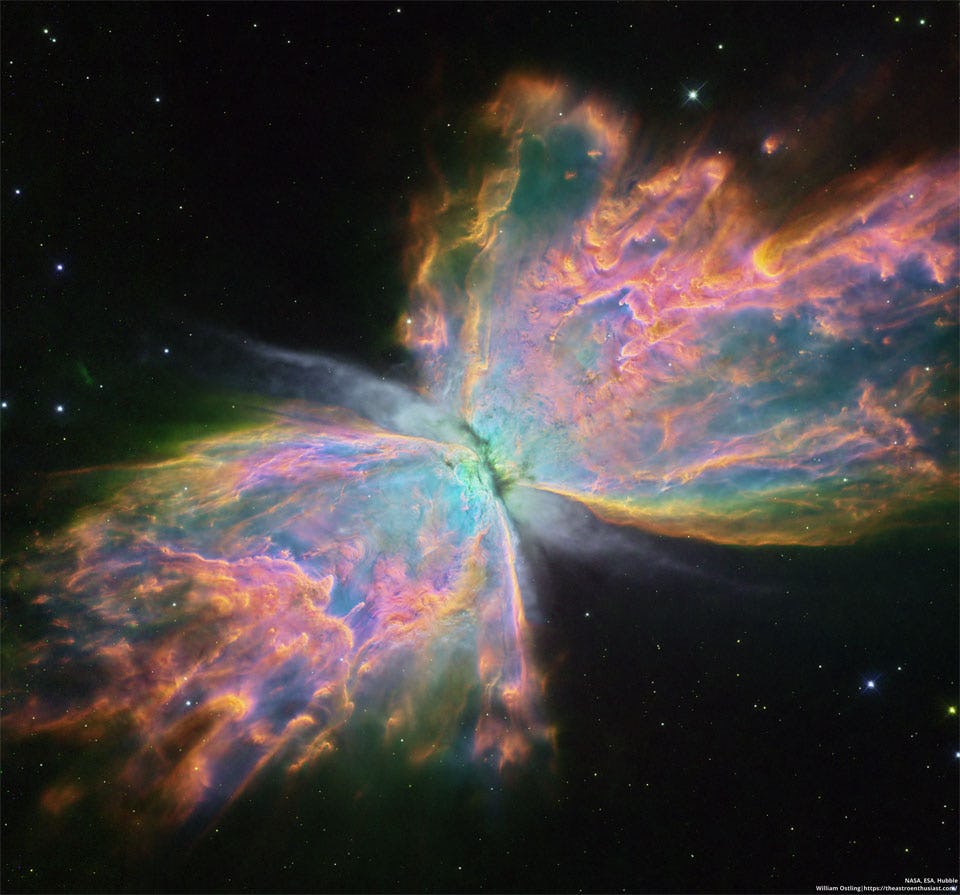



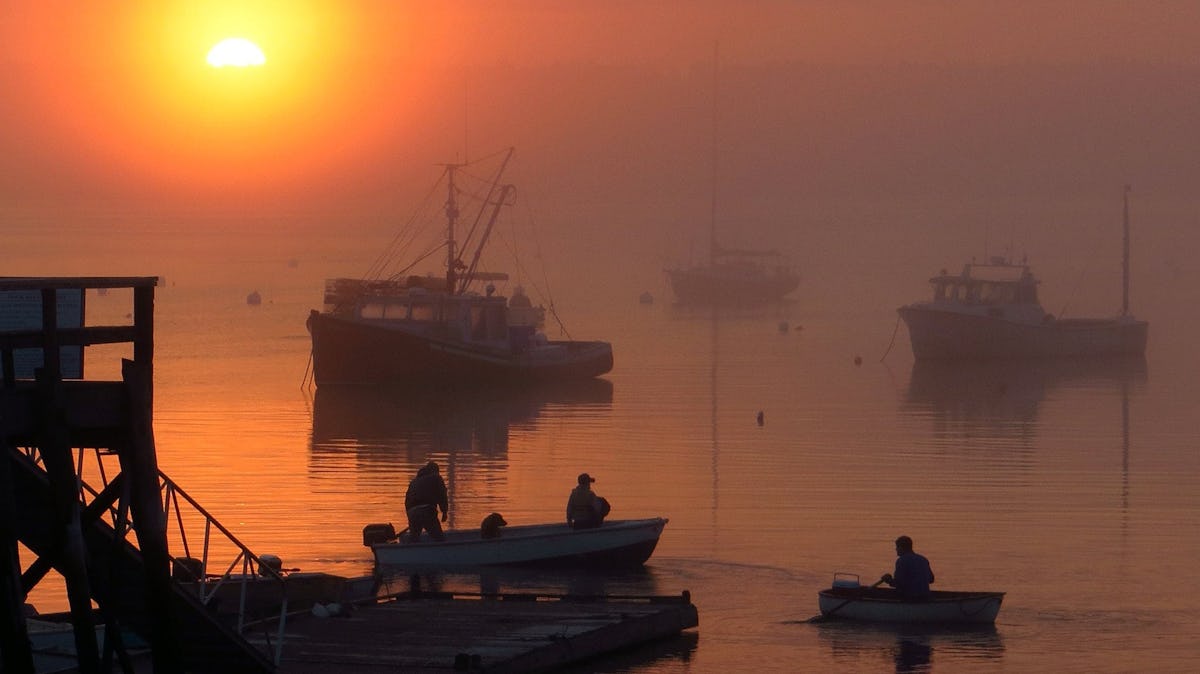
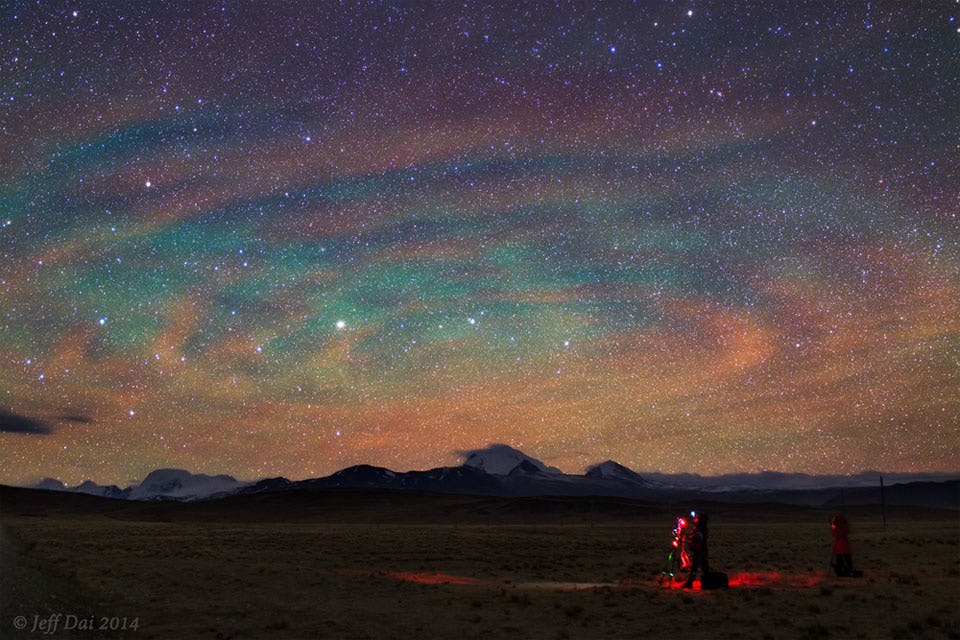
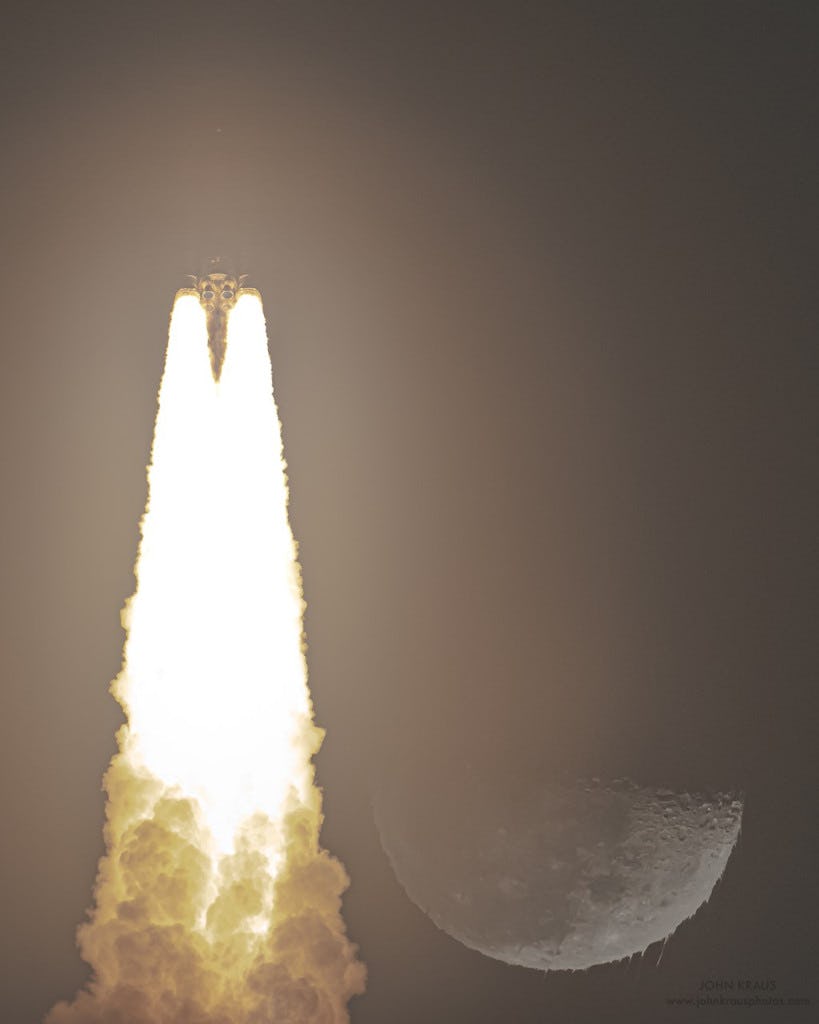
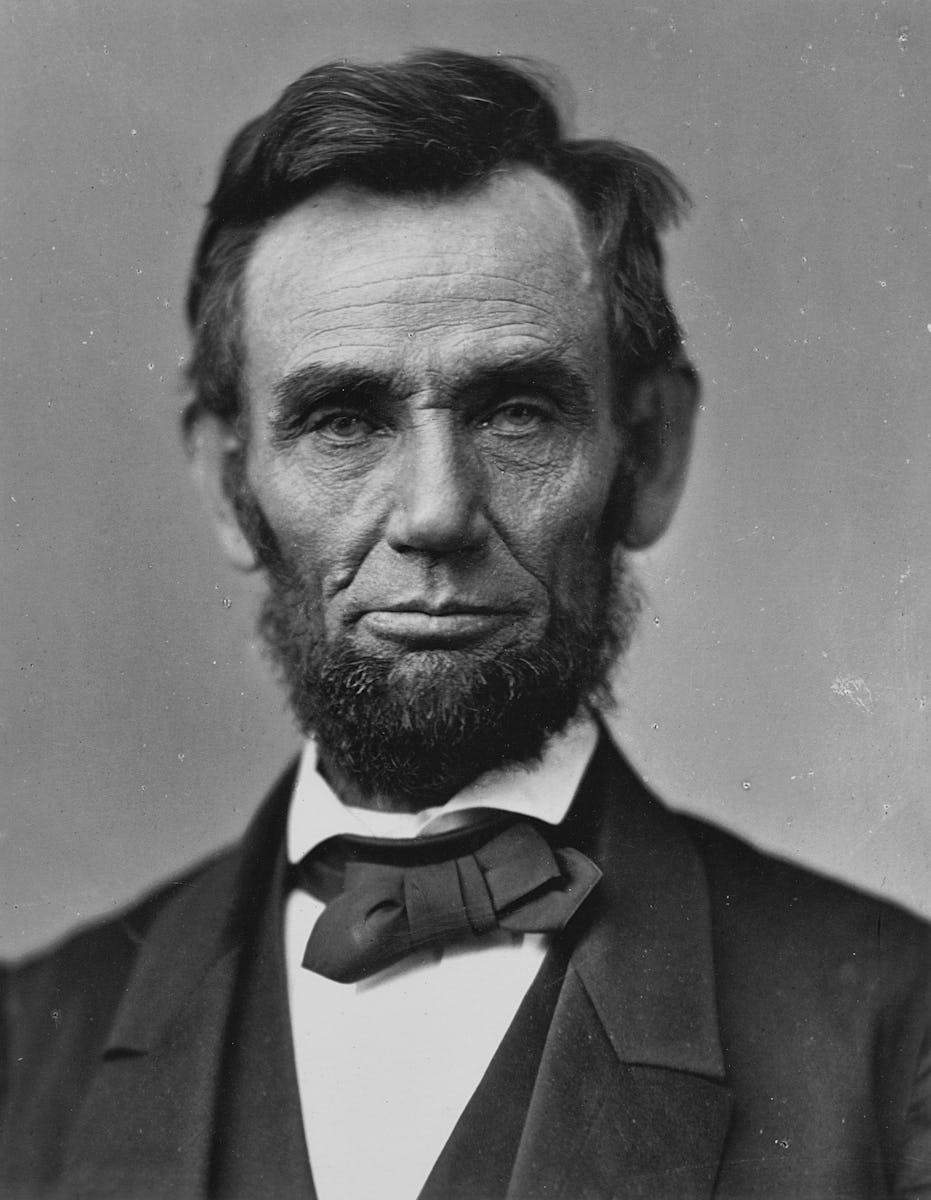
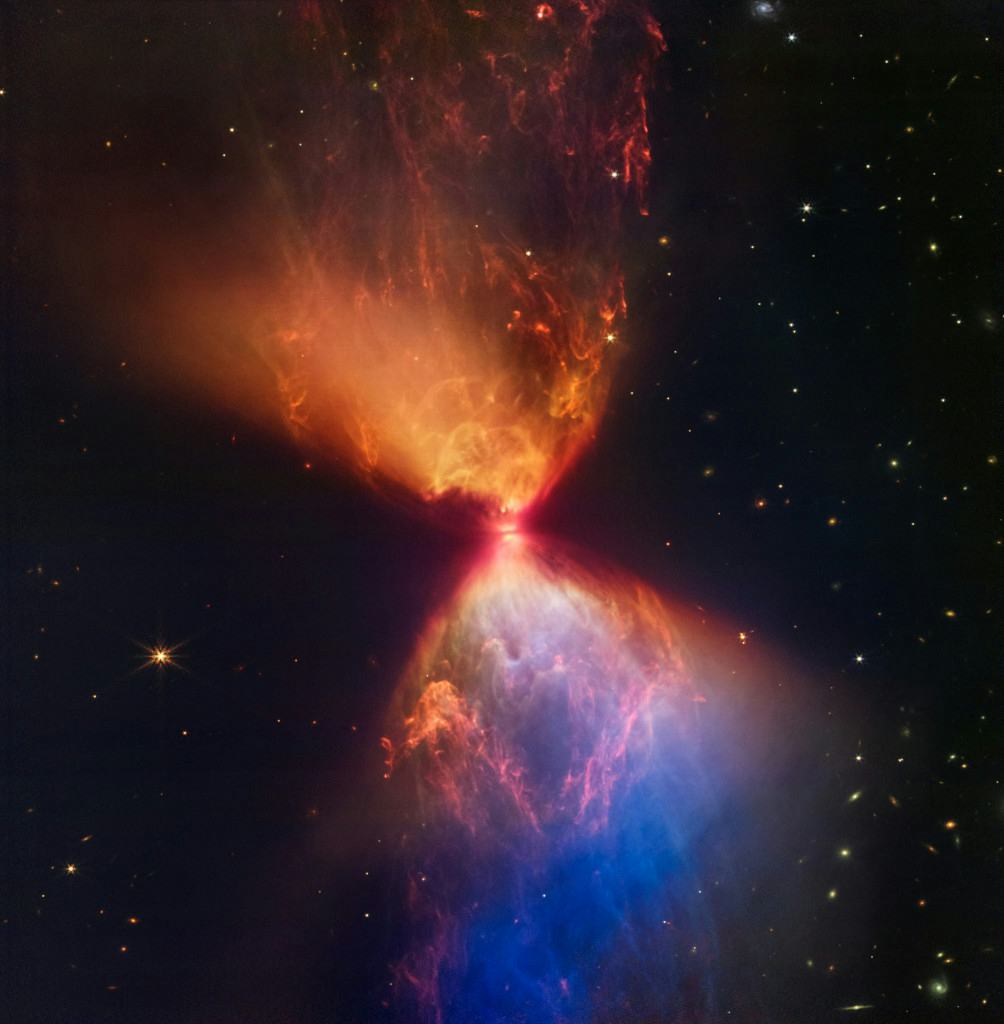

 - Copy.jpg?fit=crop&w=280&h=280&q=93)














